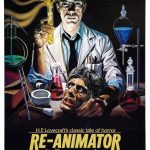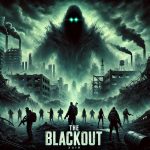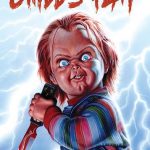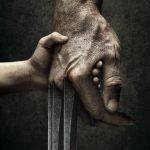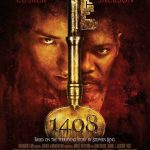The Evil Dead (1981)
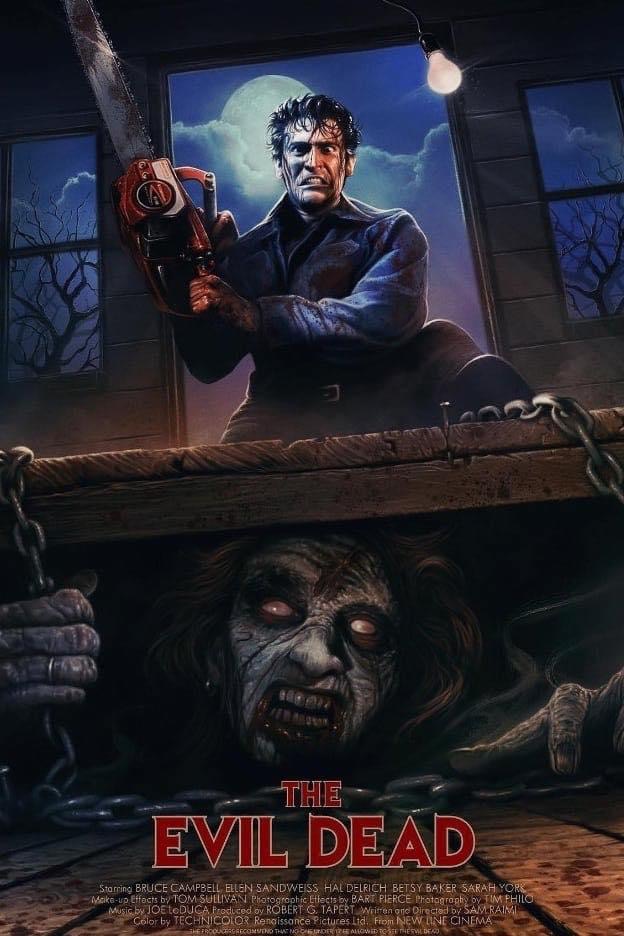
Sam Raimi’s The Evil Dead (1981) is a film that left an indelible mark on the horror genre, often regarded as a cult classic and one of the most influential horror films of all time. With its low-budget ingenuity, groundbreaking practical effects, and sheer relentless brutality, the film remains a cornerstone of supernatural horror that paved the way for future genre innovations.
Suggested videos for you:
Plot Summary
The plot of The Evil Dead is deceptively simple. Five college friends—Ash Williams (Bruce Campbell), his girlfriend Linda (Betsy Baker), his sister Cheryl (Ellen Sandweiss), and their friends Scotty (Hal Delrich) and Shelly (Sarah York)—head to a remote cabin in the woods for a weekend getaway. Upon arrival, they discover an old book, the Necronomicon, and a tape recording of an archaeologist reciting passages from it. The recitation awakens an ancient evil in the woods, and one by one, the group falls victim to demonic possession, leaving Ash to fight for survival.
Style and Atmosphere
The Evil Dead is a masterclass in atmosphere. The film’s low budget ($350,000 at the time) forced Raimi and his team to rely on creativity and resourcefulness, which paradoxically contributed to the film’s eerie and unique aesthetic. Raimi utilizes every tool in his director’s kit to make the audience feel trapped in the nightmarish cabin alongside the characters. The camera becomes a malevolent force itself, using aggressive tracking shots to simulate the unseen demonic presence lurking outside.
The film’s use of lighting and sound is particularly effective. The cabin’s claustrophobic interiors are bathed in dim, sickly light, heightening the sense of dread. The wind howls ominously, and the creaking sounds of the forest add to the tension. Composer Joseph LoDuca’s score is minimal but haunting, adding layers of unease without overwhelming the films .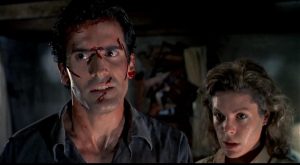
Practical Effects and Gore
One of the most famous aspects of The Evil Dead is its use of practical effects. Despite the limited budget, the film is a tour de force of grotesque and imaginative effects, ranging from stop-motion animation to prosthetic makeup and gallons of fake blood. The transformation scenes, where the possessed characters become hideous, monstrous versions of themselves, are still unsettling today. Raimi’s use of claymation for the film’s climactic disintegration scene is jarring and unnerving, yet it adds to the film’s surreal, almost dreamlike horror.
Raimi does not shy away from excessive violence and gore, pushing the boundaries of what was acceptable in horror at the time. The film is notorious for its blood-soaked set pieces, particularly the tree-rape scene, which remains one of the most controversial moments in horror history. Though the film’s violence is often over-the-top and stylized, it never feels gratuitous, instead serving to heighten the nightmarish atmosphere.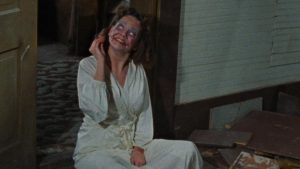
Bruce Campbell as Ash Williams
Bruce Campbell’s portrayal of Ash Williams is now iconic, but in The Evil Dead, Ash is a far cry from the wisecracking, chainsaw-wielding hero he would become in later films. Here, Ash is vulnerable, inexperienced, and terrified, thrust into a situation far beyond his control. Campbell’s performance is raw and intense, showing Ash’s slow transformation from an everyman into a survivor. His facial expressions and physical acting are particularly noteworthy, conveying the psychological and physical toll the events are taking on him.
While Campbell would later embrace Ash’s more comedic side in Evil Dead II and Army of Darkness, his performance here is grounded in the horror and desperation of the situation. The film’s relatively serious tone allows Campbell to showcase a range of emotions, from disbelief and fear to rage and determination, laying the foundation for one of horror’s most beloved characters.
Direction and Cinematography
Raimi’s direction is perhaps the most impressive aspect of The Evil Dead. He brings a frenetic energy to the film that keeps the audience on edge throughout its 85-minute runtime. His use of inventive camera techniques, such as the low-angle “shaky-cam” shots that simulate the demonic force’s point of view, adds a sense of immediacy and dread. Raimi’s willingness to experiment with camera angles, rapid cuts, and disorienting visuals gives the film a feverish, kinetic energy that mirrors the chaos unfolding on screen.
Cinematographer Tim Philo’s work complements Raimi’s vision perfectly. The film’s bleak, washed-out color palette adds to the sense of isolation, while the close-up shots of characters’ terrified faces heighten the emotional intensity. The cinematography also plays a key role in building suspense, with many of the film’s most frightening moments occurring in long, unbroken takes that allow the tension to build to unbearable levels.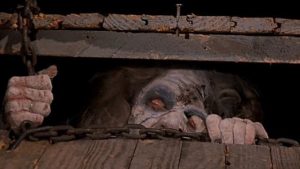
Themes and Legacy
The Evil Dead taps into primal fears of isolation, possession, and the unknown. The film’s setting—a remote cabin in the woods—has since become a staple of horror, representing a place where characters are cut off from civilization and forced to confront their deepest fears. The theme of possession, where one’s friends and loved ones are turned into monstrous, unrecognizable entities, also resonates on a deeper level, symbolizing the loss of control over one’s body and mind.
The film’s legacy cannot be overstated. It launched the careers of both Raimi and Campbell and has influenced countless horror filmmakers. Its blend of extreme violence, dark humor, and innovative camera work helped shape the modern horror genre, and it remains a beloved cult film to this day. The success of The Evil Dead spawned a franchise, including two sequels (Evil Dead II and Army of Darkness), a 2013 remake, and a TV series (Ash vs Evil Dead), all of which expanded on the original’s mythology while maintaining its core elements of horror and humor.
Criticism
Though The Evil Dead is revered today, it’s not without its flaws. Some viewers might find the acting from the supporting cast wooden, and the film’s pacing can feel uneven at times, with the second half of the film being a non-stop barrage of horror that may exhaust some audiences. Additionally, the film’s extreme violence and disturbing imagery are not for everyone, and some scenes, such as the aforementioned tree-rape sequence, have sparked debate about their necessity and potential for misogynistic interpretation.
Conclusion
The Evil Dead (1981) is a seminal work of horror that continues to inspire and terrify audiences more than four decades after its release. Its blend of low-budget ingenuity, relentless atmosphere, and groundbreaking practical effects make it a landmark in the genre. Sam Raimi’s direction and Bruce Campbell’s performance elevate what could have been a forgettable B-movie into a cult phenomenon. While not without its controversial moments, The Evil Dead remains a must-watch for horror fans and an essential piece of cinema history. Its influence on the genre is undeniable, and its place in the pantheon of horror films is well deserved.

